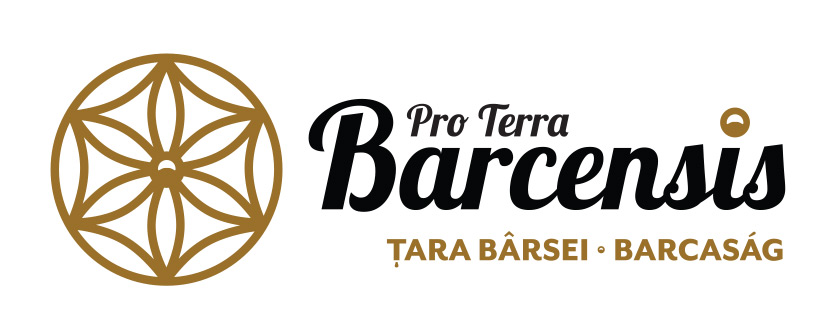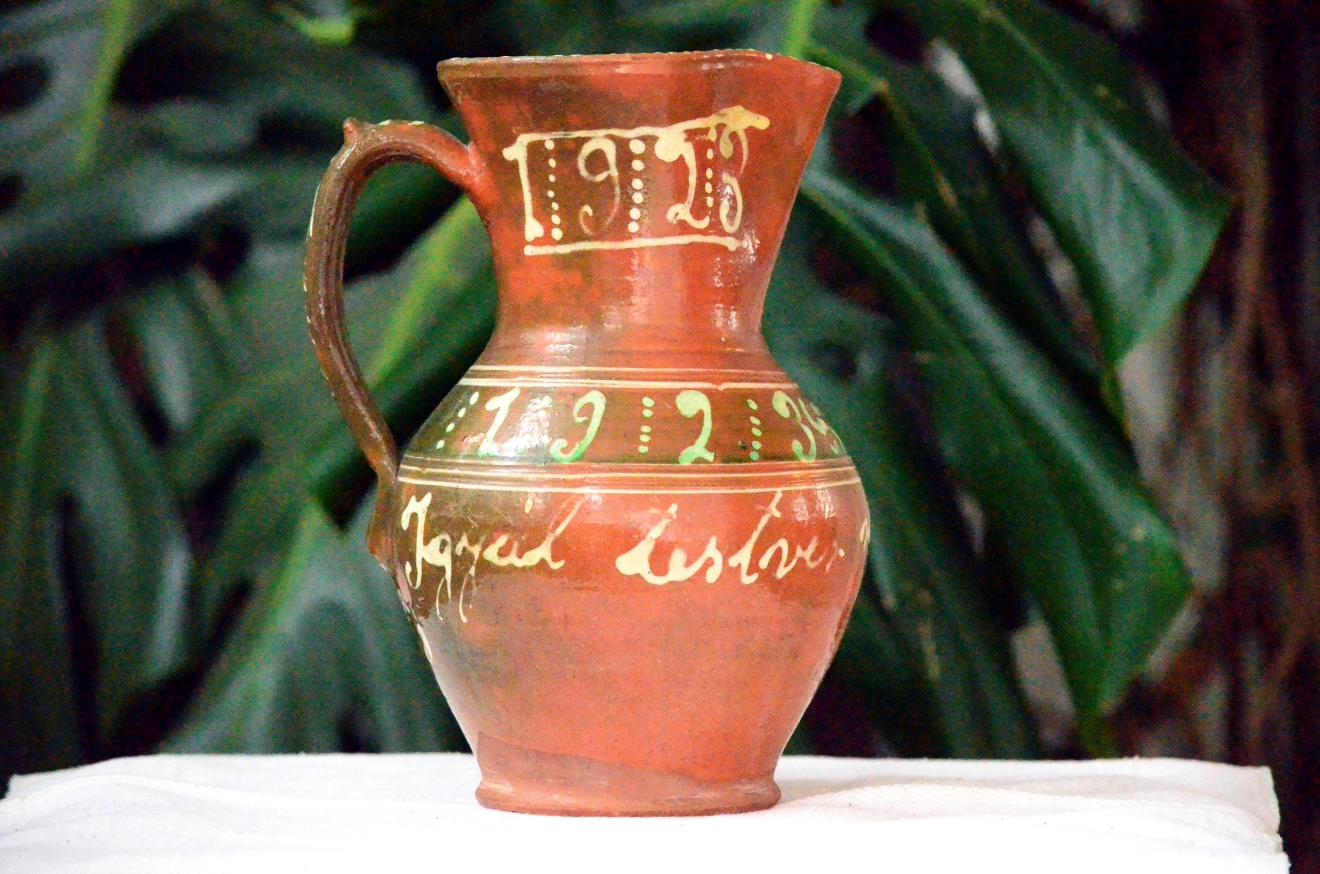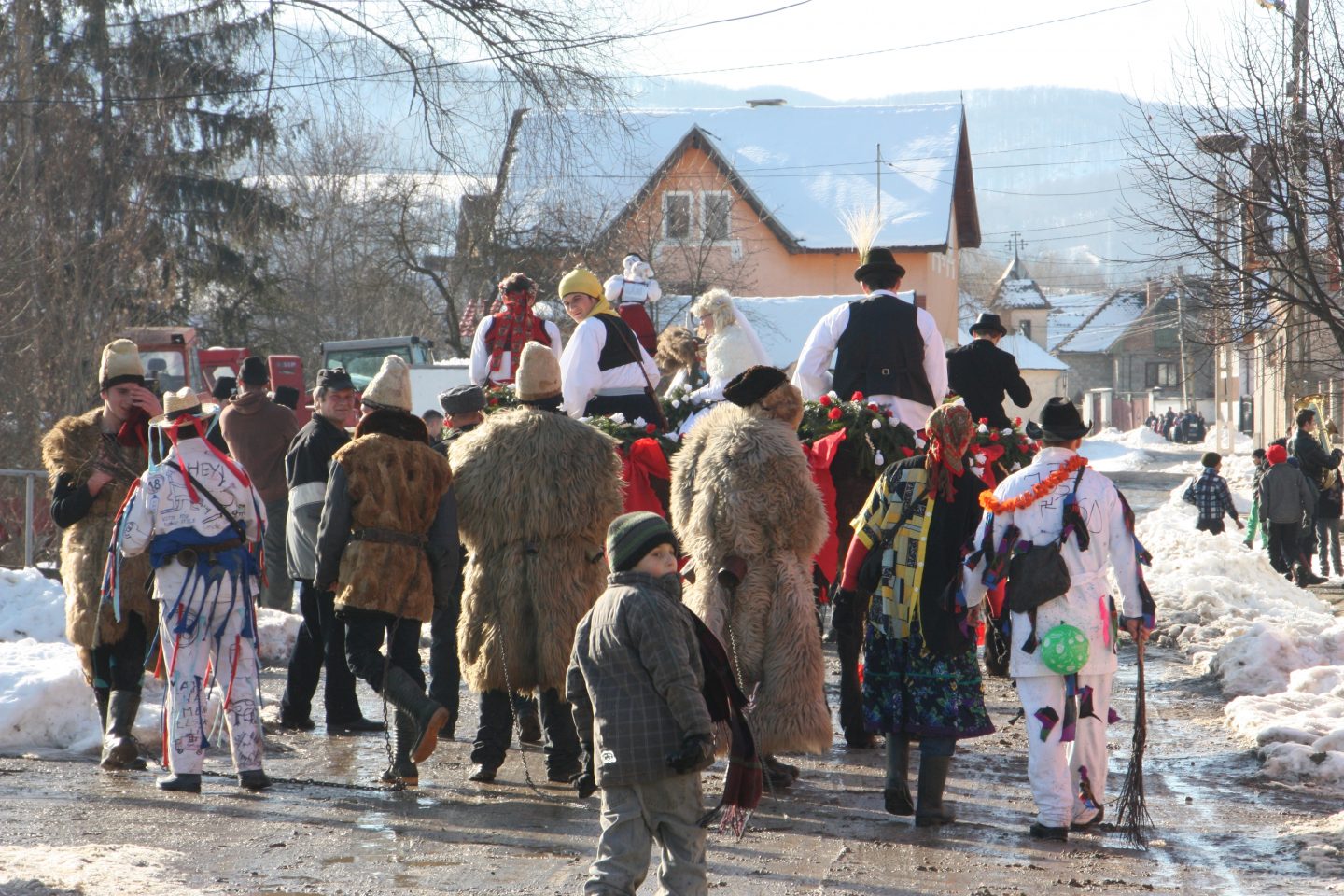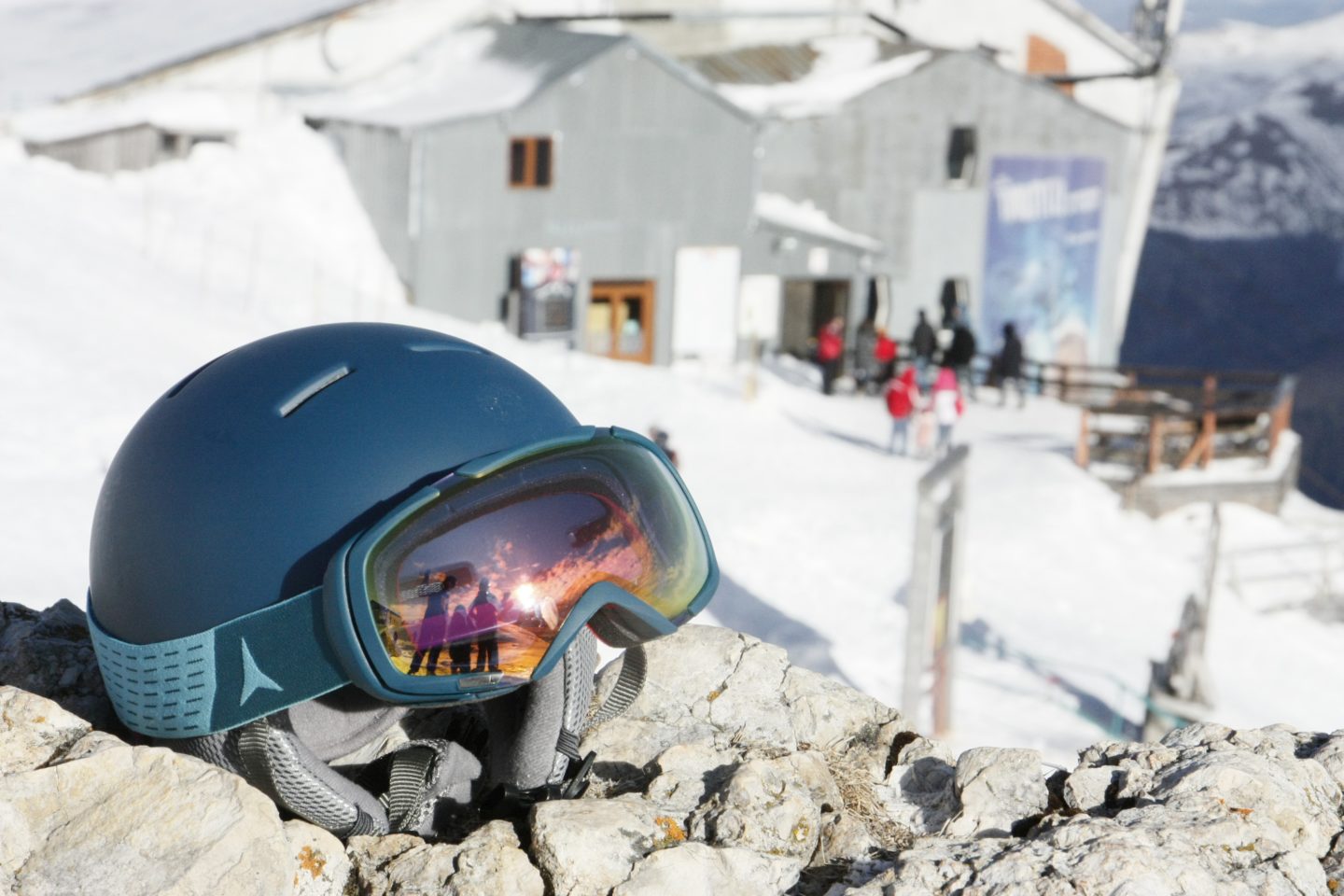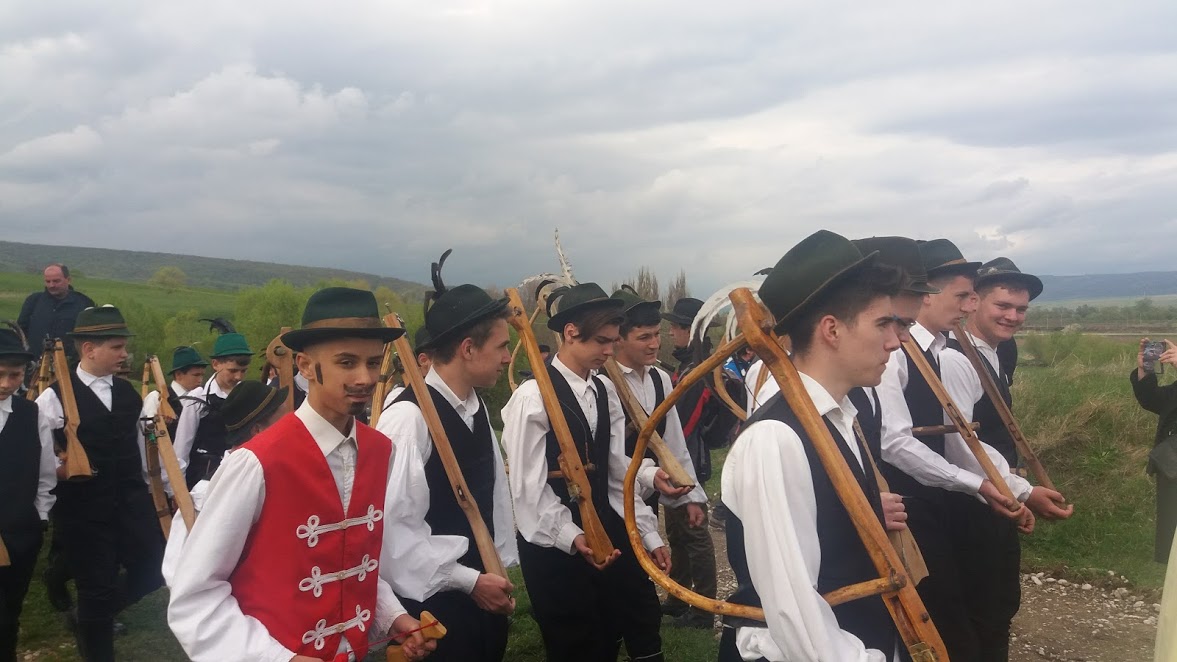
The rooster shooting
Rooster shooting – the general tradition of Barcaság (Țara Bârsei) – remained alive today only at Apáca (Apața). On Easter Sunday, it is worth visiting Apáca to become part of a living tradition.
Heavy clouds appeared over the mountains, thick black clouds. Due to the rain, which was pouring for a few days, not even the peak of the smallest hill was seen. The dawn came with a grey swirly smoke. The village was burning slowly. Under Szőlőponk[1], the Tartars were preparing to leave. They didn’t rob much. They didn’t find people, animals around, not even treasures. Everyone hid somewhere with its riches. Nothing could be found, it was time to move on. They were gathering the tents, carrying the heavy chests, preparing the horses and then – in the dim light of the dawn, which came through the thick clouds – the rooster sang. Its piercing sound split the darkness again and again. It came from the rushes. Stand to! – sounded the order and the redoubtable army set out to the hiding place. Only when they got closer, the Black Fortress[2] appeared from the shadow, hiding in the bush. The rooster’s betrayal was followed by a wild siege and bloodshed and only a few inhabitants of the village survived. The siege ended heavily, slowly and the numerous army moved also further from Apața. The ruins full of smoke were washed by the rain which poured persistently and above the fortress, at Hegyparag, those who survived tied the traitorous rooster to a fork and executed it.
Every year, in the first week of the Lent, the boys who are to be confirmed choose six of them. Their leader is the first boy and the tallest is the gipsy priest. Rooster shooting is done under the supervision of the other four.
For the group, for the brave ones of 6-12 years, many weekly repetitions are held, being supervised by their fathers with the books in their hands.
On Easter Sunday, after the service, the group of children starts from the house of the first boy. They wear black pants, red vest, with a sword at their waist, a moustache is painted on their faces. The brave ones march in black vests and green hats, wearing a crossbow on their shoulders. The group is led by the orchestra of blowers, then the boys who confirmed (became members with rights of the church) this year and became men, wearing above the head a painted board with the rooster in the middle, as a target. The girls dressed in traditional clothes march singing on the main road of the village. The group presents its honors with their heads bowed in front of the church and school, then, if the weather is good, they go to the village border, at Hegyparag and in case of rain, to the community center, where the ceremony starts.
The six boys form the panel, two are the accusers and one defends the traitorous rooster, the fourth one gives the death sentence, the fifth one says his last words and the gipsy priest sings the funeral speech using rhymes. Afterwards, each boy shoots the rooster painted on the target board three times with the crossbow. After killing the rooster, a huge feast is organized, which is continued in the evening with a ball.
Orbán Balázs did not write down the tradition of rooster shooting from Apața, it probably did not exist yet in the 19th century, however he described in detail the tradition of beating the rooster from Seven Villages. This tradition was also very common for the Transylvanian Saxons of Burzenland. At the beginning of the ‘70s, the school principal, Zsizsik Jenő, started to revive this tradition, so that it already appears a live tradition in the records of Seres András[3].
_____________________________________________
[1] Ponk: mound, the tallest hill on top of the mountain noun [Geogr.]. Once, the village was found in the place called Szőlőponk.
[2] Similar to the Fortress from Codlea, the fortress from Apața was called the Black Fortress.
[3] Seres András: Popular literature and popular traditions from Burzenland [Barcasági magyar népköltészet és népszokások], Kriterion Publishing House, Bucharest, 1984.
Spiritual heritage
A bouquet of colors from the long skirt to the popular Saxon harbor, which in turn was taken over by...
Read moreSatu Nou (Barcaújfalu) the biggest pottery center in Țara Bârsei (Barcaság) was once, today ther...
Read moreIn addition to logging and farming, the main occupation of the Csángo's was carriage, and they carr...
Read moreThe "Borica" dance from the Seven Villages is an archaic man dance. Today it is practiced only in...
Read moreVillage
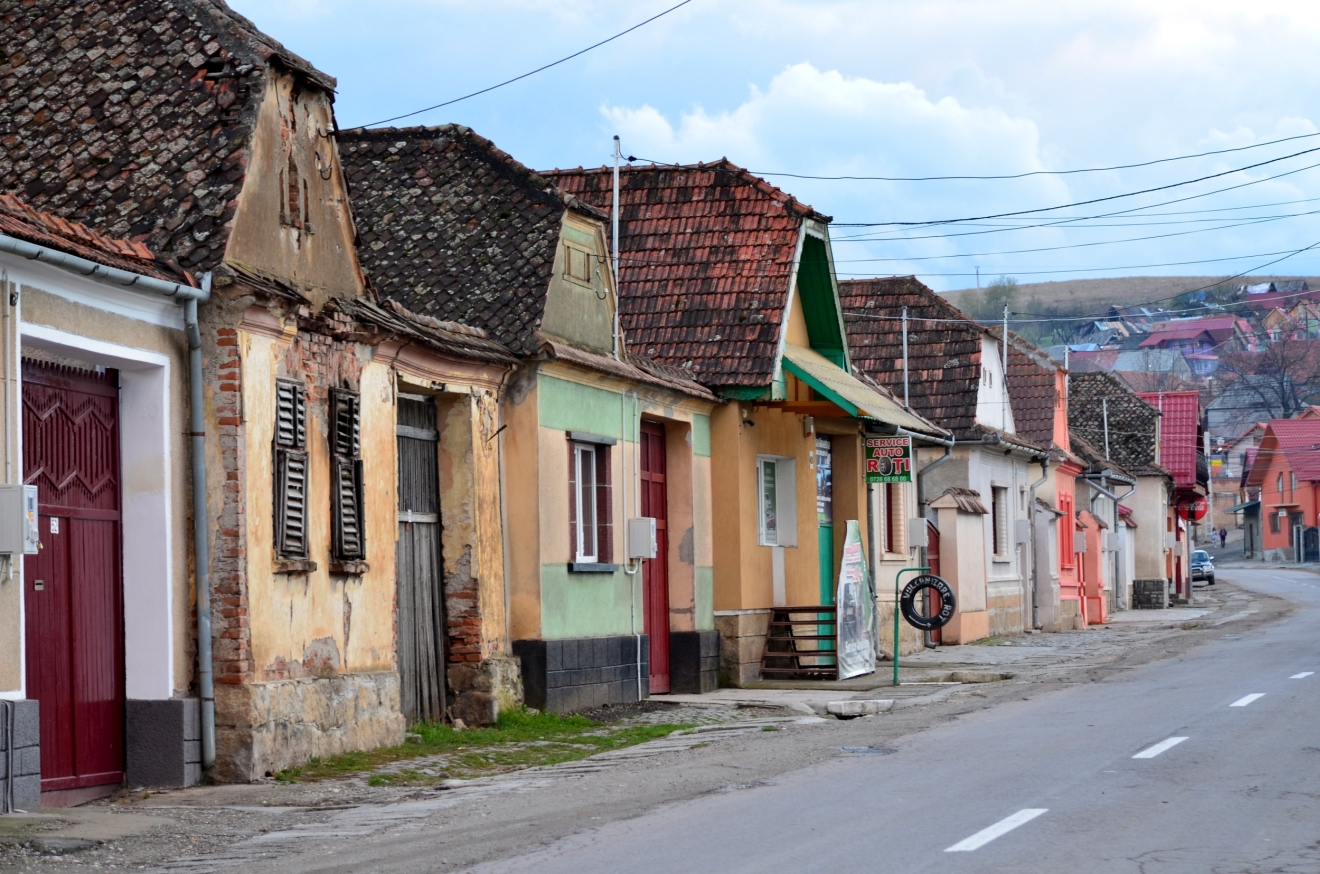
Apáca, Villa Monachalis, Geist, Gist, Apaţa. Village located at 35 km north of Brașov, in Perșan...
Read moreLocal products
Programs
Rooster shooting – a tradition of Barcaság (Țara Bârsei) – remained alive today only at Apá...
Read moreIt is worth visiting Apața at the end of the Carnival period and take part at the "funeral" ceremon...
Read moreIf you visit the Bârsa region (Brașov county) you can enjoy the ski slopes in the alpine area in t...
Read moreIn the heart of Barcaság - Țara Bârsei, located at the base of Mount Postăvaru, Poiana Brașov i...
Read more